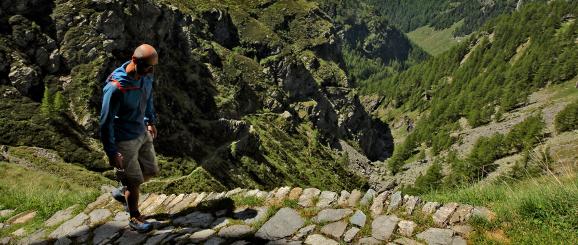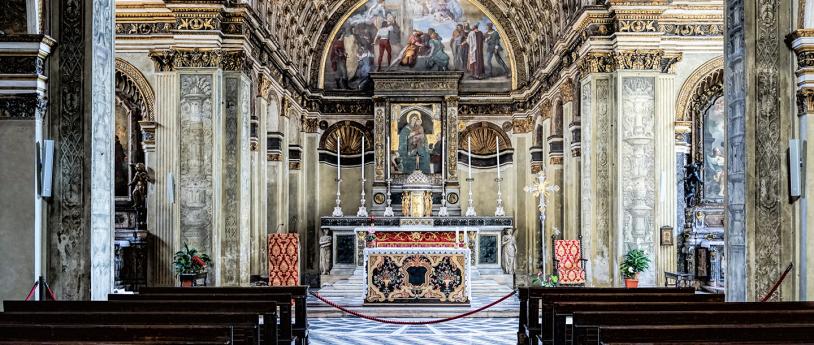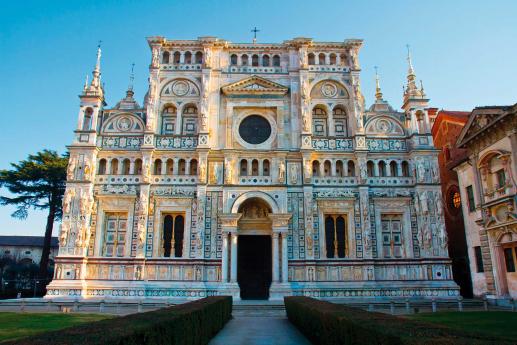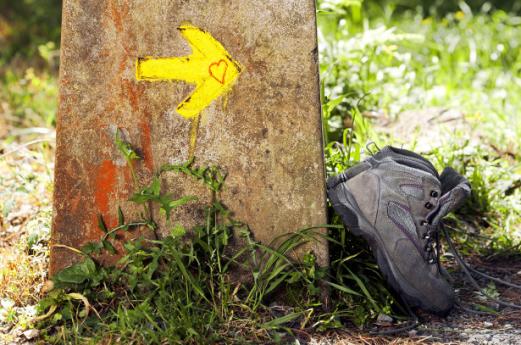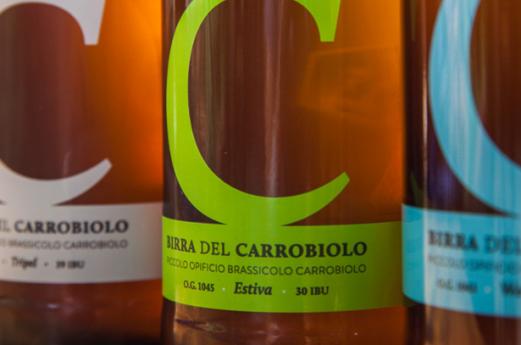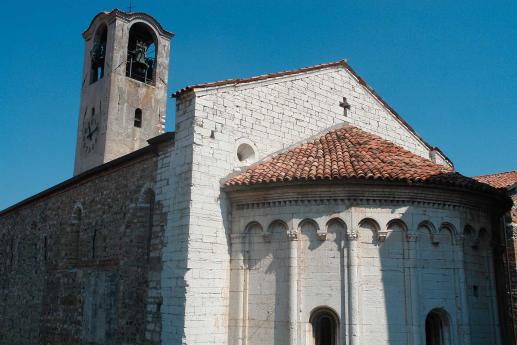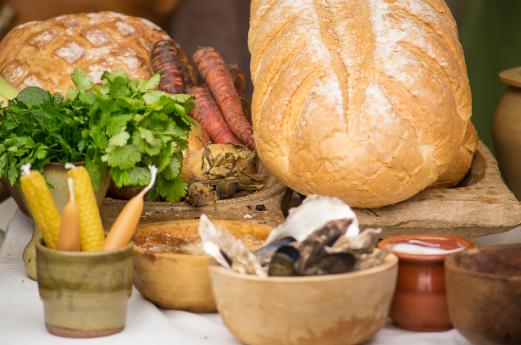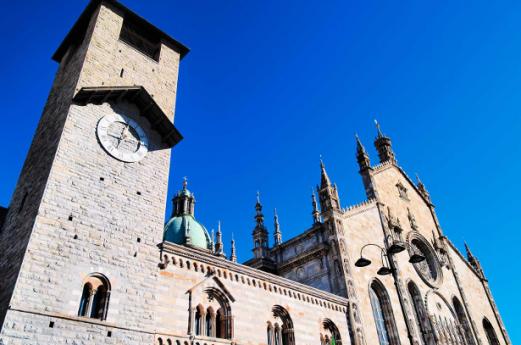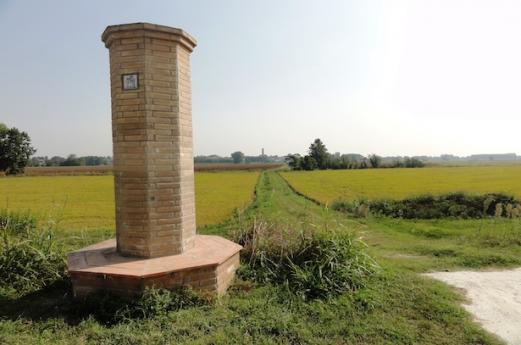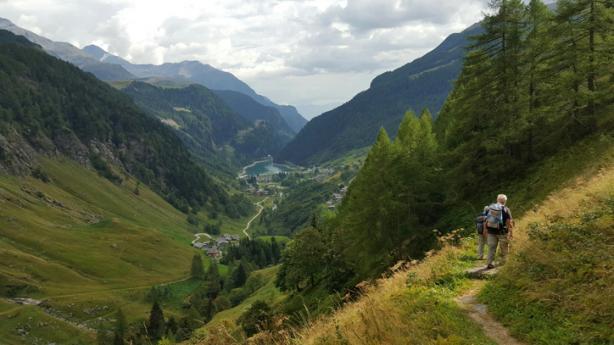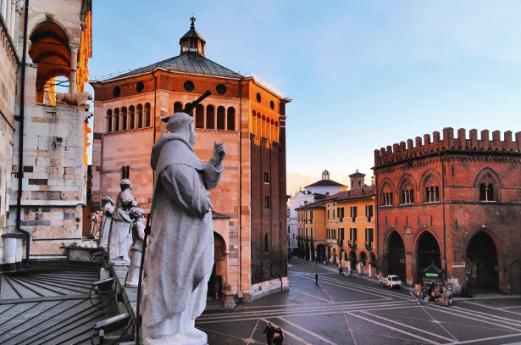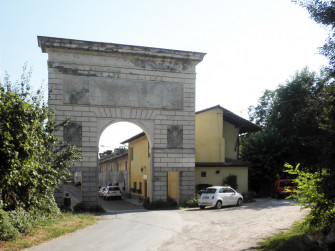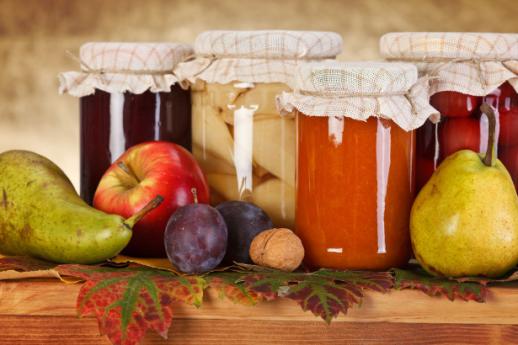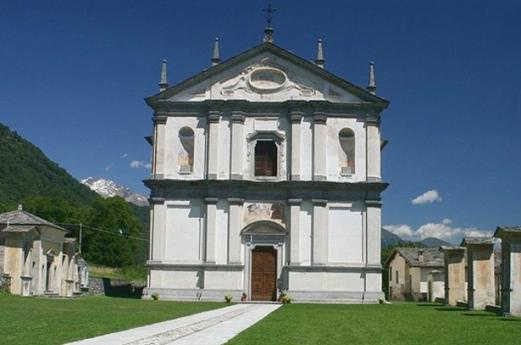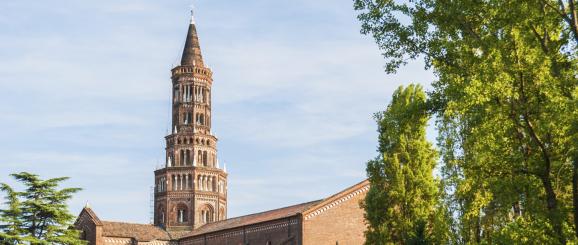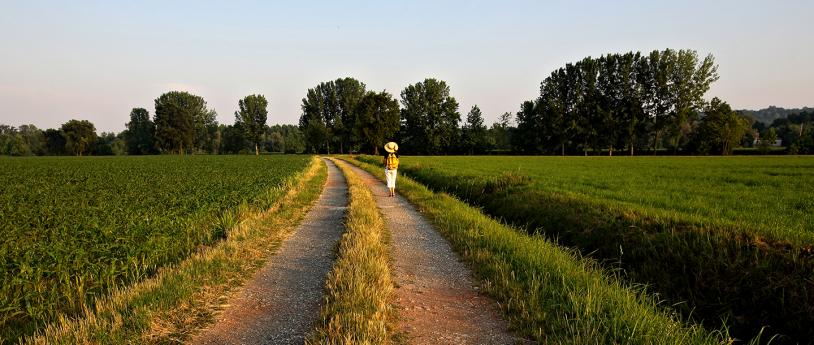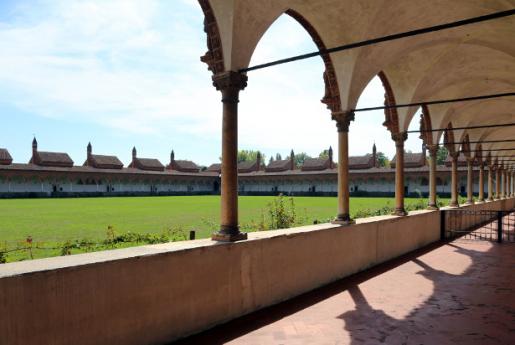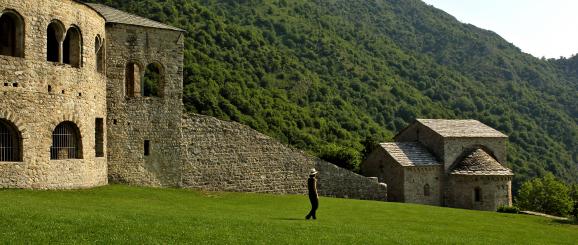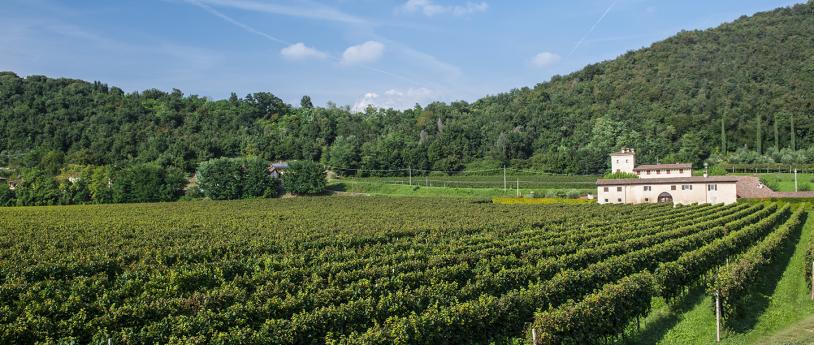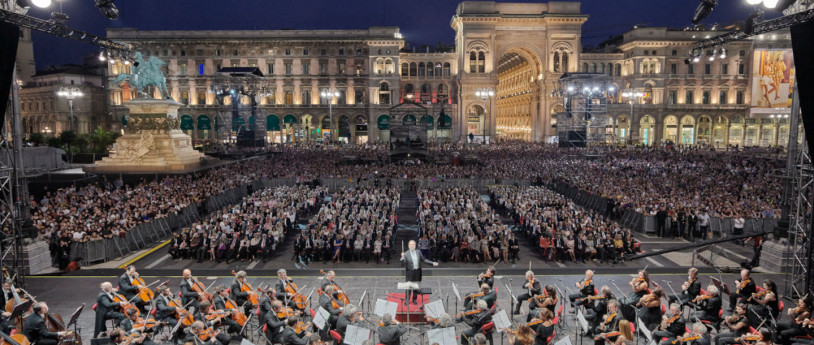- Religious Tourism
- Active & Green
- Art & Culture
Orio Litta and the Via Francigena
An evocative route that combines nature, faith and art, to explore on foot or by bicycle.
From the Lodi countryside to religious residences, discover our tips for exploring the Via Francigena while taking in the beauty of the area.
Lombardy's cultural heritage boasts some unique locations that attract tourists from all over the world year after year. One of the most exciting experiences in Lombardy is to travel along the Via Francigena: a pilgrimage route that rivals that of Santiago de Compostela. Here nature, art and faith come together in an unforgettable experience that visitors will remember forever.
What is the Via Francigena?
In the Middle Ages, the roads that pilgrims travelled to reach the eternal city were called "vie romee". One of these was the route of the Via Francigena, described in detail by Sigeric the Serious, Archbishop of Canterbury, who in 990 A.D. went to Rome to visit Pope John XV: the journey is over two thousand kilometres (divided into 79 stages) starting from England and finishing in the heart of the Old Continent. The Italian section of this long journey includes 44 stages, starting from the Great St. Bernard Pass.
The Via Francigena in the Lodi area
Following in Sigeric's footsteps, the route enters the Lodigiano area in the village of Ponte di Mariotto and runs along the river Lambro, continuing along the Po. Along this part of the route you can admire green meadows dotted with hares, pheasants and herons: a perfect setting to find peace and serenity.
A visit to Orio Litta: what to see
The first signpost marking the Via Francigena is located near Orio Litta, about 20 km from Lodi, on the left bank of the Lambro. Here you can visit the Oratory of the Blessed Virgin of Caravaggio, and then head to the Parish Church of St. John the Baptist the Martyr, but especially worth a visit is Villa Litta Carini, an imposing residence that boasts a number of magnificent frescoes with a mythological theme. Also worth mentioning is the Benedictine cell of Cascina S. Pietro, today a welcome centre for all pilgrims.
The Via Francigena on foot: when to go
When is the best time of year to explore the route? The best months are without a doubt May and June, or September and October. To make the most of this experience, we suggest that you avoid the hottest times of year, when temperatures are too high, and make sure you set off very early in the morning. Many parts of the route have little or no shade so you will need something to cover your head and sunscreen.
Cycling along the Via Francigena: the loop route
Keen mountain bikers will enjoy the circular loop route, which was created to connect Orio Litta and Corte Sant'Andrea. Starting from the courtyard of the Villa Litta Carini stables, follow the grassy path up to the Roggia su Venere bridge, and then head towards Ospedaletto Lodigiano, the site of a former pilgrims' refuge. Along the way you can admire the vault of the Sanctuary of the Madonna delle Grazie, the stunning façade of the Church of Santa Maria in Galilea and why not pause at the "Casa dell'acqua" in Senna Lodigiana, an information and rest area and drinking water supply point.
Whether you choose to explore this spectacular route on foot or by bike, you are sure to be impressed by the beauty of the landscape and the vestiges of history found along the way.
Route information
Starting point:
Orio Litta
End point:
Corte Sant’Andrea
Total distance on foot:
3.6 km
Cycle route:
3.8 km
Difficulty:
On foot: medium | By bike: medium
